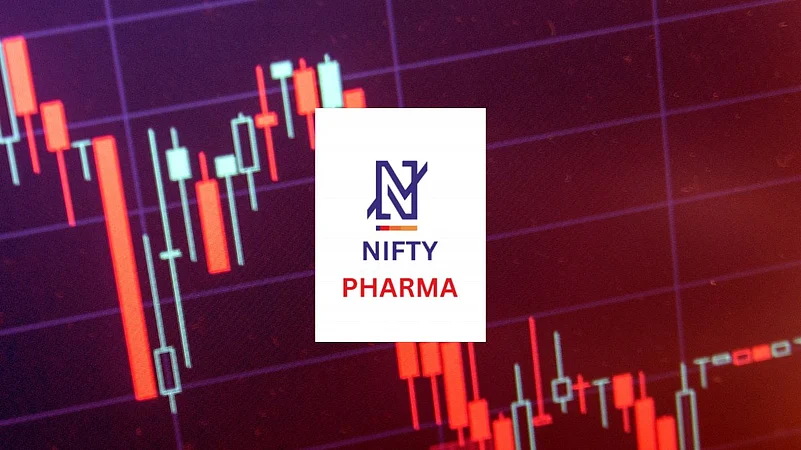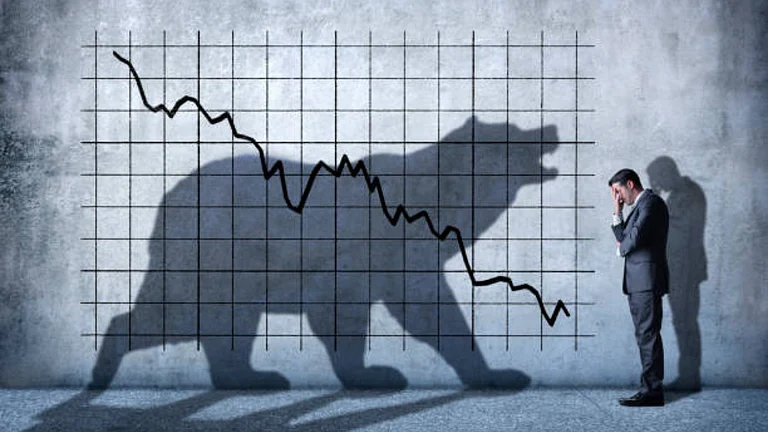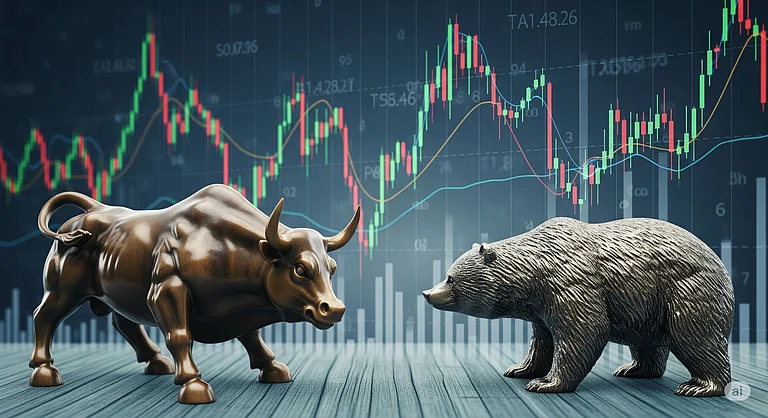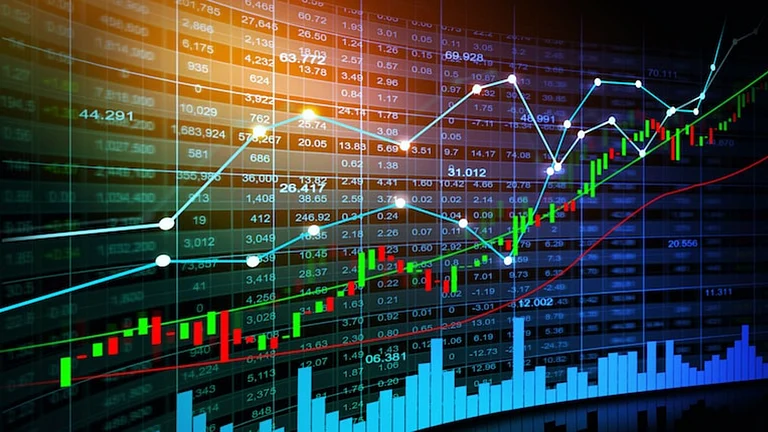The Nifty Pharma index has remained stuck in a consolidation phase since hitting its record high in October 2024, and has struggled to break out meaningfully since then. On June 17, 2025, it slipped as much as 2.37 per cent, emerging as the top sectoral loser amid a weakening market. At close today, the index was at the 21,622.80 mark. Sun Pharmaceuticals, which holds a 23.74 per cent weight in the index, fell up to 2.34 per cent, extending losses from the previous session.
Granules India, Lupin, Natco Pharma, Laurus Labs and Aurobindo Pharma led the losses, falling between 3 per cent and 4 per cent. Following them were Ajanta Pharma, Divi’s Labs, Zydus Lifesciences, and Dr Reddy’s Laboratories, each falling in the range of 2-3 per cent. Sun Pharma, Glenmark, Gland Pharma, Cipla, Biocon, Alkem Laboratories, JB Chemicals and Pharmaceuticals, Mankind Pharma, Torrent Pharma, and Ipca Laboratories were other losers in the index. The only gainer was Abbott India, which rose 0.47 per cent.
Sun Pharma Under Pressure After US FDA Inspection
In the previous session, Sun Pharma came under pressure as the US Food and Drug Administration (FDA) conducted a Good Manufacturing Practices inspection of the company’s Halol facility in Gujarat and issued Form 483, with eight observations.
Form 483 is a document issued to a company’s management at the end of an inspection, which lists the observed violations or objectionable conditions at the company’s facilities. Companies are then required to respond in writing with the corrective actions they plan to undertake to resolve the issues. The FDA reviews Form 483 along with the full inspection report and the company response before deciding if further action is needed.
Nifty Pharma Stuck in a Range
The Nifty Pharma index has been consolidating in a tight range of 20,500–22,300 since April this year. The broader weakness began in early April 2025, when US President Donald Trump imposed retaliatory tariffs on its trading partners, including India, and the domestic market came under pressure.
The tariffs were also imposed on the pharma sector, and subsequently, pharma stocks came under pressure. However, markets found some relief a week later when Trump rolled back the tariffs to create space for negotiations with affected countries. The reversal helped ease investor concerns, prompting a gradual recovery across sectors, including pharma. Despite this bounce, the Nifty Pharma index has yet to convincingly break out of its range.
The pharma index has largely stayed in the range from 20,500-22,300, showing zig-zag motion.
Volatility again returned in May this year when Trump warned of imposing pharma-specific tariffs. While no formal action was taken, the sector has remained under pressure since then, with investors growing increasingly cautious ahead of the July 9, 2025 deadline set by the US administration.
Why Pharma Stocks Are Under Pressure
According to Manasvi Garg, a Securities and Exchange Board of India-registered investment advisor (Sebi-RIA), CFA, and founder-CEO of Moneyvesta, pharma stocks came under pressure due to a combination of global biotech concerns and an already fragile market sentiment.
The Sarepta Therapeutics Effect: The immediate trigger, he says, was the sharp 43 per cent plunge in the US-based Sarepta Therapeutics, following reports of a second patient death linked to its Duchenne gene therapy. The news reignited safety concerns around advanced therapies and sent shockwaves through the global healthcare sector.
Garg adds that this negative sentiment quickly spilled over into Indian markets, dragging the Nifty Pharma index lower. He further notes that the sell-off was intensified by the broader market’s cautious mood, already rattled by geopolitical tensions stemming from the Israel-Iran conflict.
“In such an environment, even a sector-specific setback can become a larger trigger. The Sarepta episode merely intensified existing nerves, accelerating the sell-off in pharma stocks. Ultimately, it was a case of a fragile market reacting sharply to fresh negative cues turning caution into correction,” he says.
Weak Growth Outlook: Amit Agarwal, senior vice president - fundamental research at Kotak Securities, says that India’s pharma market could see another year of relatively sluggish growth. “The sector’s growth remained muted at 6.9 per cent year-on-year (y-o-y) in May 2025, after a print of 7.50 per cent y-o-y in April,” Agarwal says.
Agarwal attributes the weakness in branded pharma volumes to growing traction in alternative channels, such as Jan Aushadhi, trade generics, and private generic chains. He estimates a 120-160 basis point (bps) annual drag on branded Indian pharma market growth through FY28, especially as Jan Aushadhi has scaled up to over 15,000 stores.
He also cautions that while current valuations reflect a gradual decline in branded generics’ share, they don’t fully price in the risk of further deceleration.
“If the shift away from branded products accelerates, there is scope for further de-rating,” he says. However, he added that any forced correction in market structure may not be effective unless concerns around product quality are addressed.















